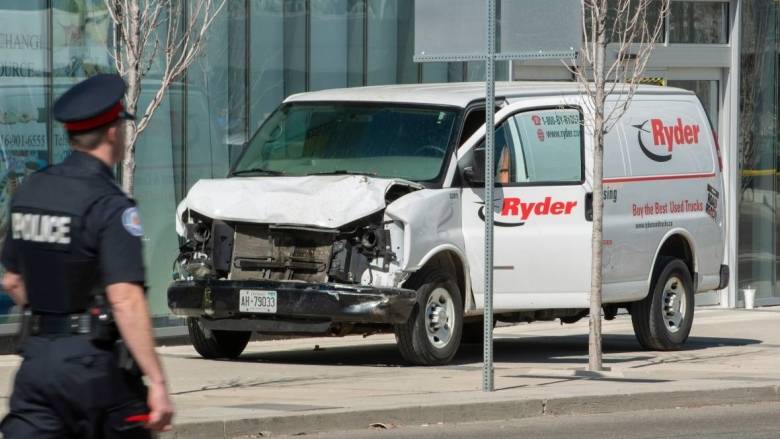The actions of a police officer while arresting a suspect in Toronto have shocked many Americans. During a standoff with Alek Minassian, the man accused of plowing down pedestrians on a Toronto sidewalk, Constable Ken Lam de-escalated the situation without firing a single shot.
Minassian appeared to threaten Lam with a weapon, yelling at the constable to shoot him. Despite the possible threat on his life, Lam succeeded in talking Minassian down without violence. After a series of high-profile police shootings in the United States, many are questioning the practices and conduct of law enforcement in the country.
When police arrest a suspect, they are expected to do so in a reasonable manner. In Graham vs. Cooper (1989), the U.S. Supreme Court determined the rational amount of force that police can use in a situation.
Police officers need to consider a variety of factors when responding to different circumstances. “If an officer reasonably perceives that another person is threatening physical harm to somebody else, the officer can use reasonable force to protect the other person,” said Gary Cordner, a commissioner on the Commission on Accreditation for Law Enforcement Agencies. The rational use of force by police is known as objective reasonableness.
“By policy, it would turn on the level of resistance that a citizen offers,” said Robert Worden, professor of criminal justice at the University of Albany. It is an officer’s duty to evaluate the potential threat level of a situation, he says. Generally, the police response should not exceed the level of resistance offered by a suspect.
While police officers are expected to react reasonably to situations, that does not necessarily mean they need to respond with minimal force. “The law doesn’t say that police officers have to use the least amount of force possible,” said Cordner. The response to a situation depends on an officer’s discretion, which is protected by law.
Cordner thinks that Lam accurately determined the level of danger presented by the Toronto suspect. “I believe part of the story there is that the Toronto officer correctly perceived that the suspect did not present a lethal threat,” said Cordner.
The unpredictability of potential suicide-by-cop situations make them difficult for officers to handle. However, Worden believes that because of Canada’s strict gun laws, police officers in the country face these circumstances less frequently than those in the United States.



